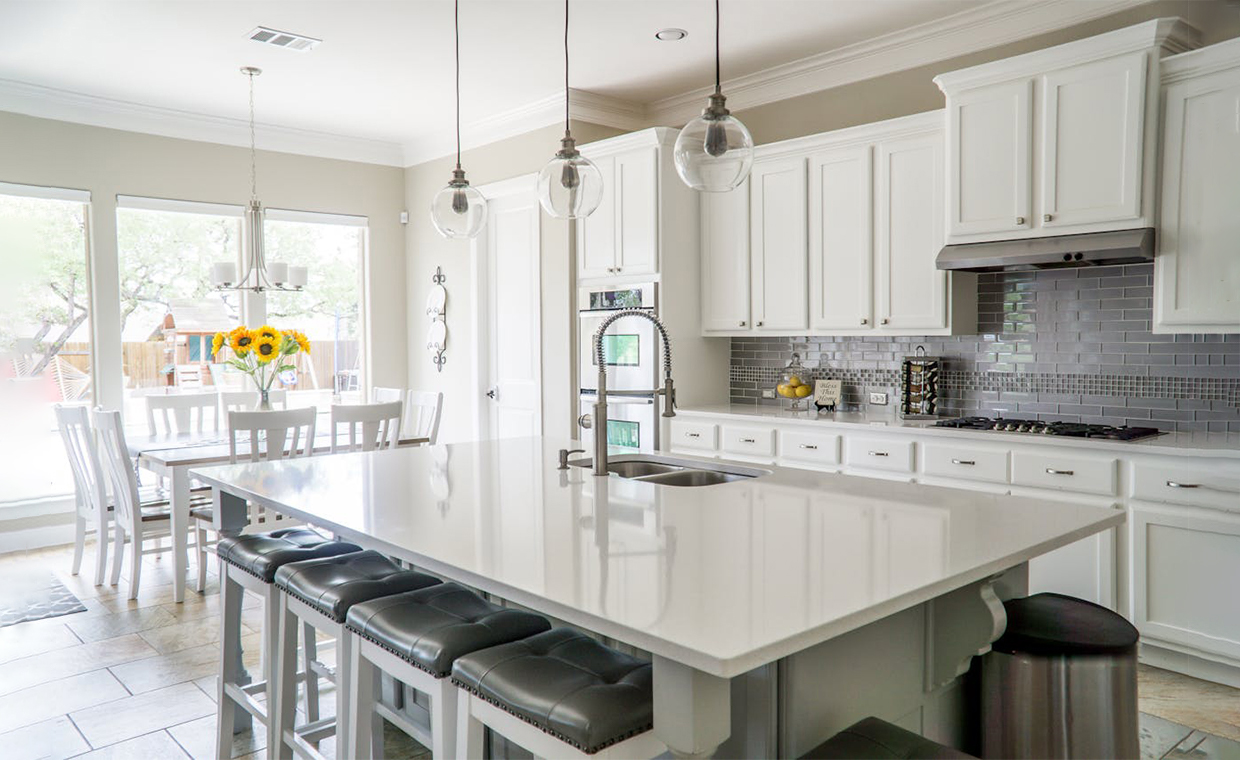
The shift towards sustainability in house construction is more than a trend; it’s a response to the global imperative of reducing environmental impact. As the world grapples with climate change, resource depletion, and environmental degradation, the construction industry is increasingly focusing on eco-friendly practices. Sustainable house construction not only minimizes harm to the environment but also offers long-term economic benefits for homeowners through energy savings and improved health and well-being.
Sustainable Materials in Modern Construction

The heart of sustainable construction lies in the materials used. Innovations have brought to the forefront a variety of green building materials, such as bamboo, recycled steel, and reclaimed wood. Bamboo, for instance, is highly renewable due to its fast growth rate, making it a popular choice for flooring and cabinetry. Recycled steel reduces the need for new mining and processing, cutting down the carbon footprint associated with construction. Reclaimed wood not only adds aesthetic value and warmth to homes but also conserves forests by reusing timber from old buildings, bridges, and other structures.
The benefits of using these materials extend beyond environmental conservation. They often offer superior durability, energy efficiency, and indoor air quality, contributing to healthier living spaces and lower maintenance and utility costs. As the construction industry evolves, the application of sustainable materials is becoming more sophisticated, integrating seamlessly into modern architectural designs and meeting the demands of eco-conscious homeowners.
Energy Efficiency and Smart Technology

A cornerstone of sustainable house construction is energy efficiency, achieved through innovative designs and smart technology. Passive solar design, for example, maximizes natural heating and lighting, reducing the reliance on artificial climate control and lighting systems. Green insulation options, like cellulose or sheep’s wool, provide high-performance thermal retention with minimal environmental impact. The integration of smart technology further enhances a home’s sustainability. Smart thermostats and energy-efficient appliances can significantly reduce energy consumption, automatically adjusting to optimal settings based on usage patterns and environmental conditions. These technologies not only contribute to a home’s sustainability but also offer convenience and cost savings to homeowners.
Conclusion
The advancements in sustainable materials and energy efficiency reflect the construction industry’s commitment to eco-friendly practices. As we look towards the future, the trend towards sustainability in house construction is expected to grow, driven by technological innovations, regulatory incentives, and a shift in consumer preferences towards greener living.
For those exploring eco-friendly real estate options, platforms like shortzzz.com offer an array of sustainable rental properties in Malta, showcasing how modern construction techniques and materials can be harmoniously integrated into beautiful, eco-friendly homes. As the industry continues to innovate, sustainable house construction will play a pivotal role in shaping a greener, more resilient future for our planet.
Also check these interesting articles:
Choosing the Right R-value: Learn How to Select the Ideal Spray Foam Insulation






























